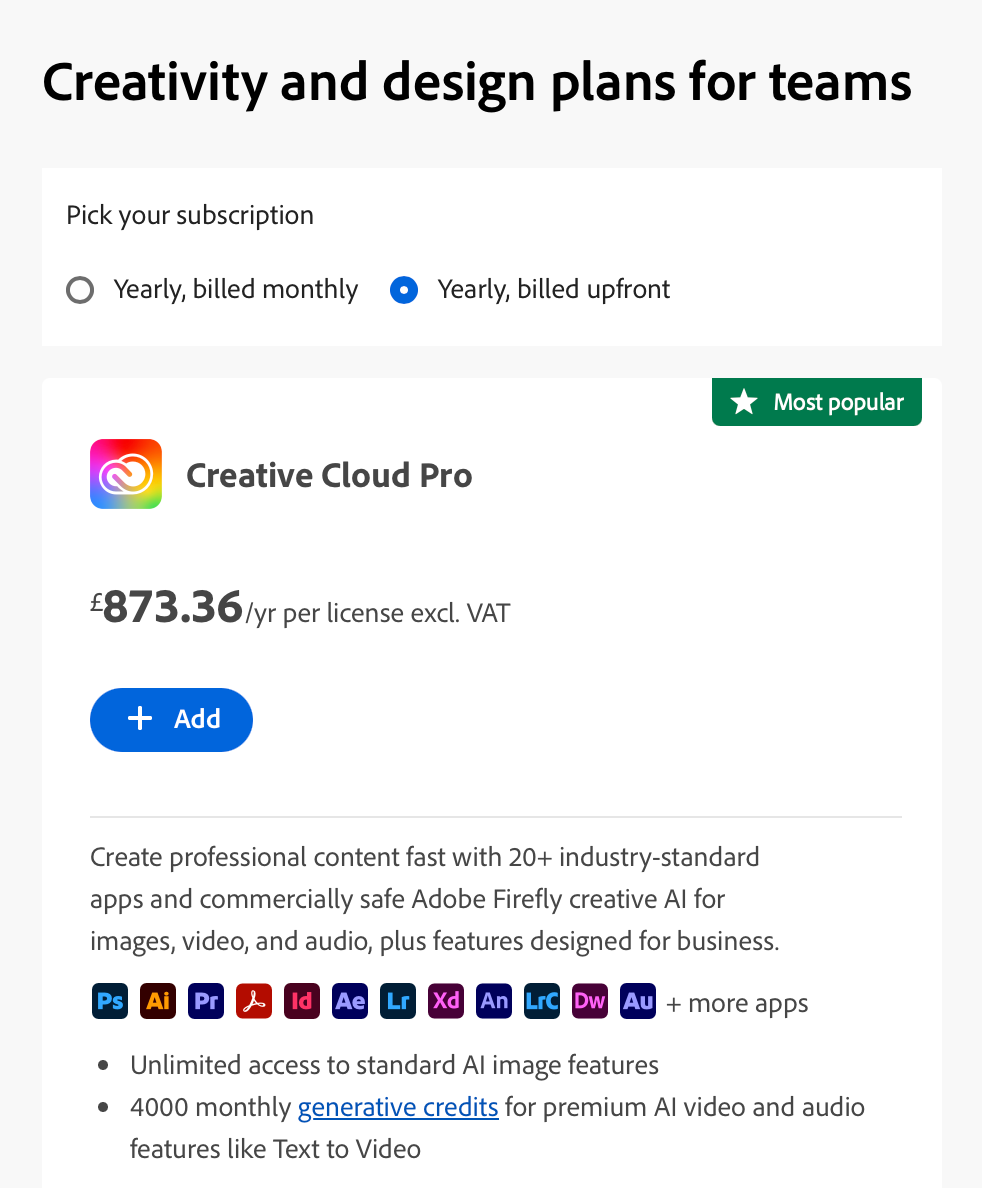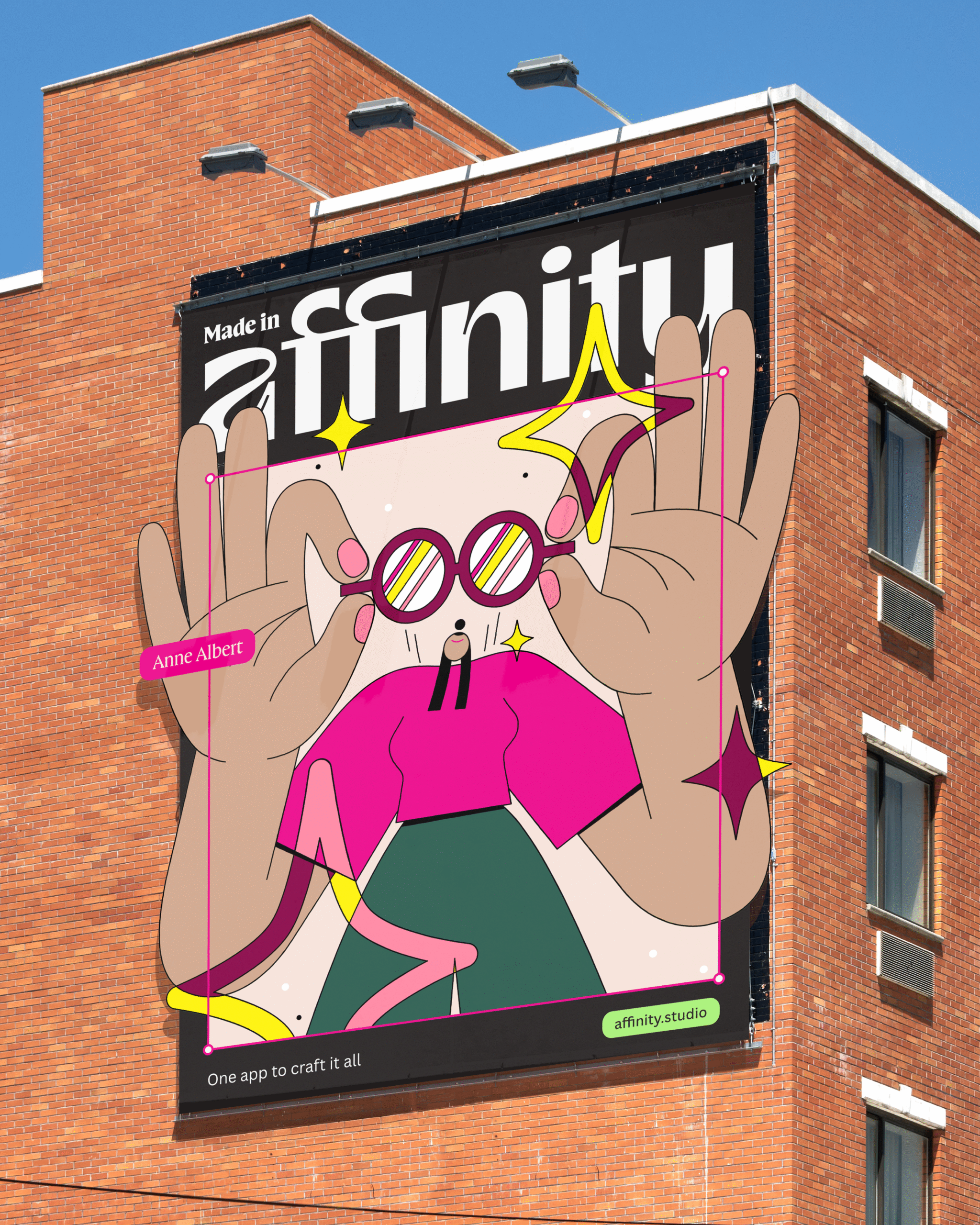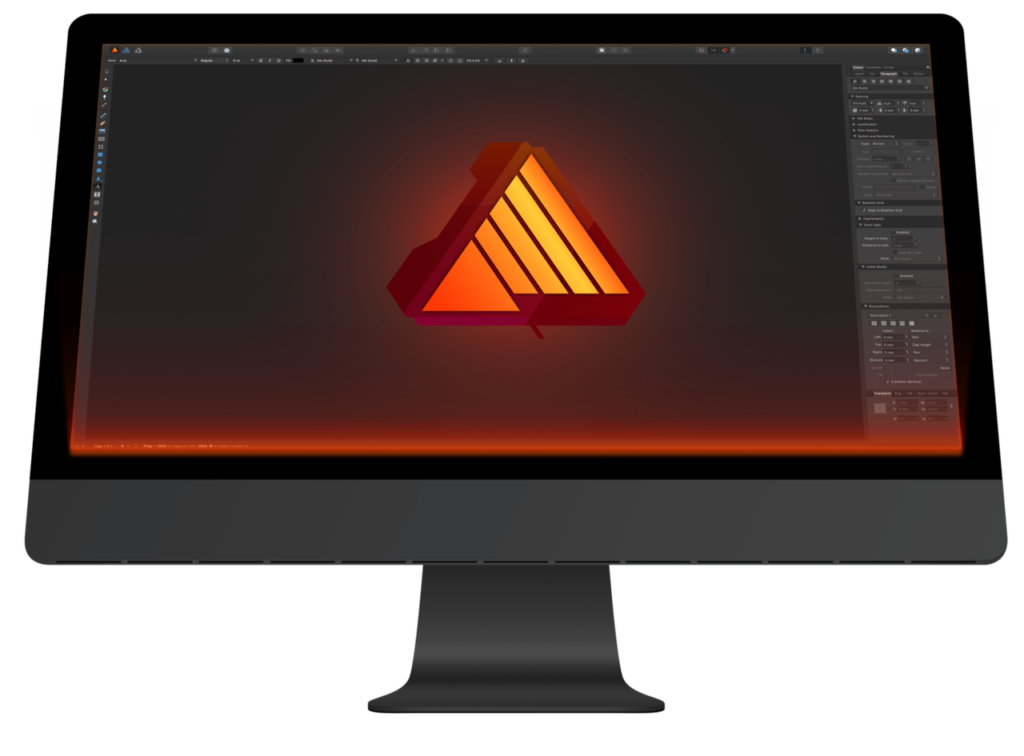Canva has just given you a free alternative to Adobe
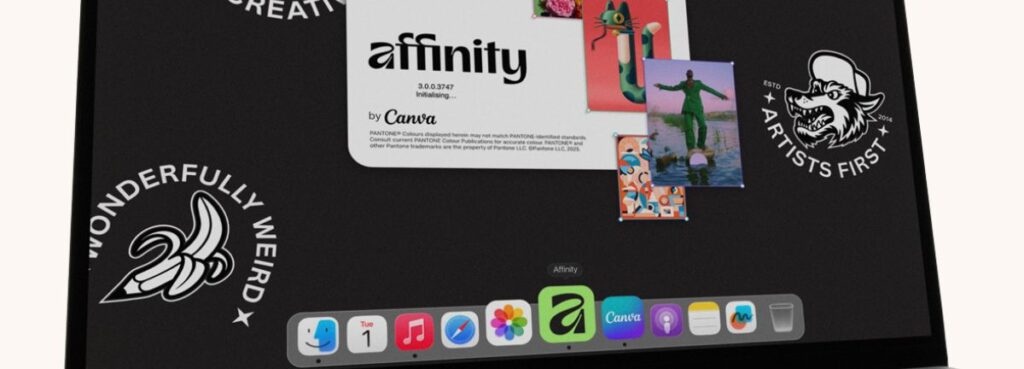
This feels like a significant moment in the history of design and publishing software.
In their much anticipated event live from Sydney, Australia some moments ago, Canva have made an announcement that delivers on their promise of ‘Creative Freedom’. They are challenging Adobe’s long held status quo as the industry standard for digital design by offering Affinity a genuine, professional, alternative to InDesign, Photoshop and Illustrator to everyone, for free, forever.
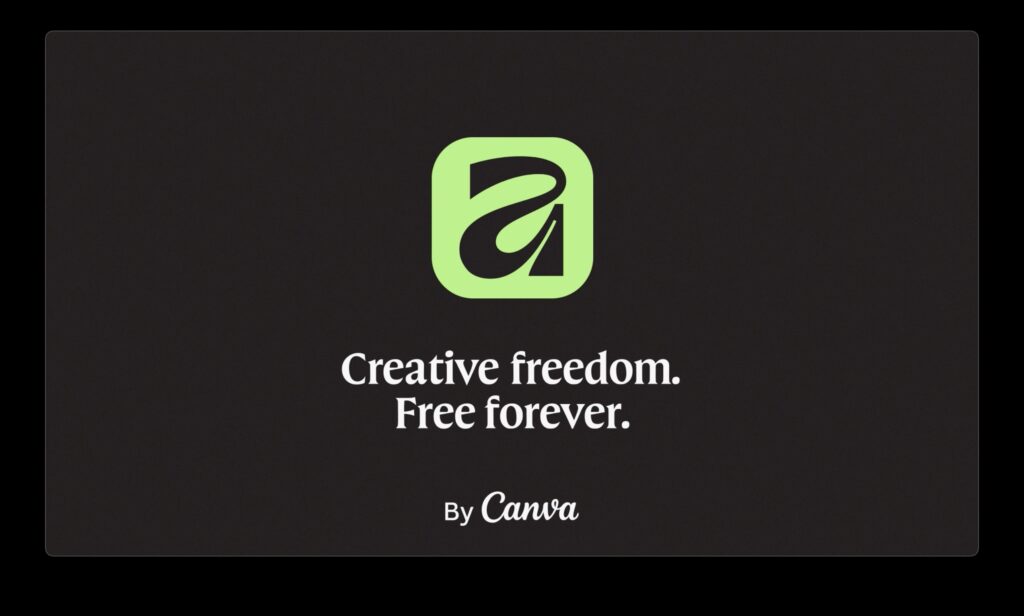
Like most overnight success stories this one started over a decade ago. Affinity comes from Serif an experienced UK based company that has a long history of developing award winning creative design software. In a move that I first wrote about for BookMachine in 2018, they began adding an alternative to InDesign to their already successful Photoshop and Illustrator rivals which first launched in 2014.
Now, all aspects of graphic design and publishing have been combined into one app and one file format. Apply pro level pixel adjustments, edits and filters, trace vectors and apply gradient meshes in same new place that you edit and fine tune your layouts and typography.
Affinity had already gained over 3 million loyal users attracted by the quality, speed and depth of features found in their alternative to Adobe along with a one-time purchase price. No subscription.
When Canva acquired Affinity early last year, it triggered real concern that subscription was coming. So, with this announcement comes a wave of relief, which may perhaps soon be followed by the question of why have they done this?
Canva already has 6x more users than Adobe
The phrase ‘industry standard’ could hardly be any more applicable than when referring to how InDesign, Photoshop and Illustrator are regarded by those working in the creative and production side of book publishing. To say these three main desktop applications are commonplace is an understatement. InDesign dominates the industry as virtually the only page layout application used throughout newspaper, magazine and book publishing.
Adobe might not like it, but Photoshop is a verb it is so ubiquitous.
Adobe has around 37 million Adobe Creative Cloud subscribers, but us in the book publishing industry and as InDesign users are only a fraction of this.
In comparison Canva is already huge. Having steadily increased to over 240 million monthly active users, of which over 26 million are paying customers. But until the Affinity deal Canva didn’t have its own design applications for creative professionals. As they said at the time of the acquisition “By joining forces with Affinity, we’re excited to unlock the full spectrum of designers at every level and stage of the design journey.”
This bold and disruptive move to give everyone Affinity by Canva without cost, without subscription and without time limits removes the number one barrier to entry – price.
Looking at it this way, today’s move (that has been surely been timed to coincide with the close of Adobe’s own MAX event) to try to break Adobe’s virtual monopoly makes more sense. Canva have made it easy to try out the alternative in direct comparison to the Adobe tools until you longer see the need to pay for them…
A purchase page shows the price for Adobe’s Creative Cloud Pro is £873.26 + VAT Affinity is now seen as the cool alternative for creatives
Since my 2018 article the price for Adobe has almost doubled. The announcement of a completely free viable alternative comes at a time when Adobe have increased their subscription charges again to over £1000 every year.
Adobe’s arguments of bundling in many more apps and access to generative AI are actually seen as a further negative for many users who simply do not want them.
Affinity already works
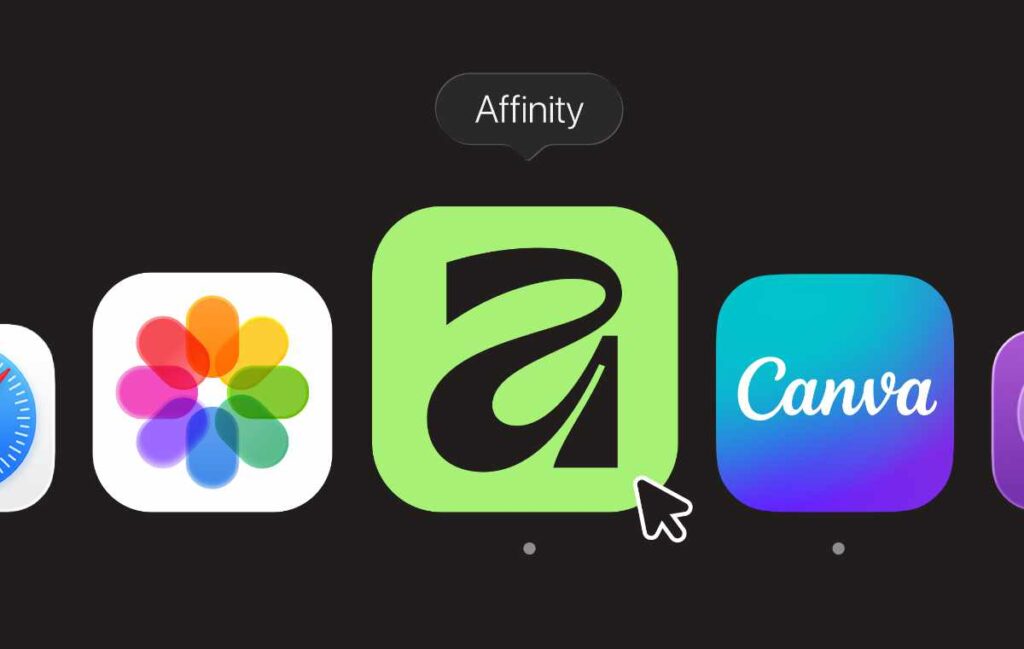
It’s important to remember that whilst this may be seen as new, the underlying codebase is something that millions of designers have used for many years. This is Affinity version 3.
For those coming from InDesign – rest assured, Affinity is a very capable alternative with support for rich text styling, multiple language dictionaries, type on path, OpenType features and variable fonts, master pages with multiple page sizes and running heads and folios, tables, text wraps, baselines and columns, book sections and chapters, cross references, QR codes, colour management, PDF/X print ready exports and much more.
Affinity have had to match much of the Adobe feature set to be seriously considered, but they are not just blindly copying and in some areas they already surpass their competition.
Affinity apps have a reputation for being really fast with full retina display and up to a million times zoom. When working with text I have enjoyed text styles that can show previews and hierarchy, live table of contents and a find and replace that lists all results in one interactive panel. With Affinity there is also support for Pantone libraries that Adobe removed to the further annoyance of their users.
Affinity has always been able to open any InDesign file or PDF, along with support for native Photoshop and Illustrator files and all the graphic file types you expect.
Affinity is an installed desktop app that works offline. Work is done on local files that stay local throughout.
No AI… unless you want AI
The cost of AI is large and Adobe are heavily invested. This is seen as a main reason for the recent Adobe price rise. But there is an ethical price too and the backlash against AI is real. I think Affinity takes a smart approach here.
Affinity does have the ability to use machine learning for useful object selection, expanding, filling, background removal, expanding and blurring, lighting and colouring and there is also some ability to use generative AI by connecting with Canva AI. But these AI features in Affinity are opt-in only and require a premium Canva plan which isn’t needed to access the rest of the app.
This keeps AI only for those who want to pay for it and means that others can keep the app AI free along with the free price tag.
All machine learning operations in Affinity are performed on-device – so no data leaves your device at any time and the optional machine learning models that add extra capabilities to Affinity are controlled by a conscious install or uninstall of each particular model.
On my Mac version of Affinity we also have access to Apple Intelligence, again optional for those who have it enabled, with tools that help with text composition.
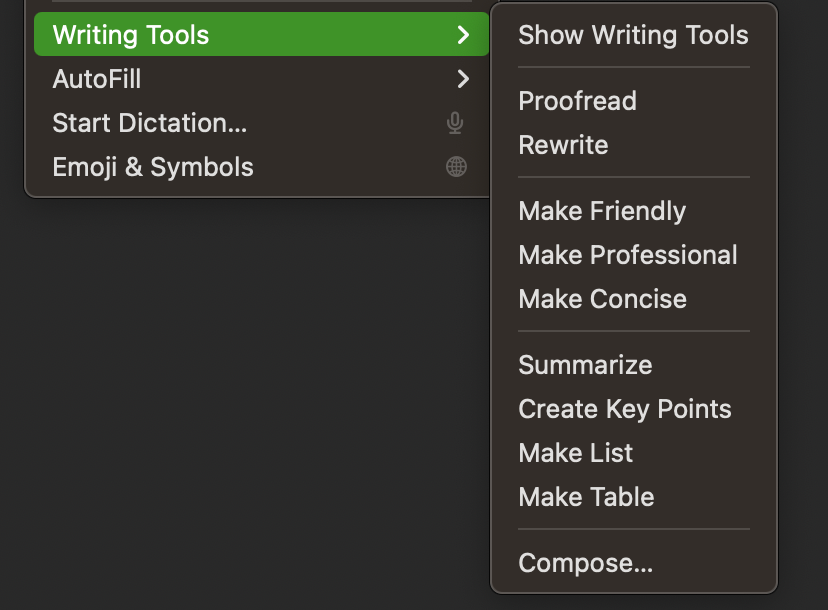
Professional Exporting
For those of us working in print production there is plenty to be impressed with too. Full support for ICC profiles for colour management, PDF/X-4 print ready PDF presets, overprinting, font subsetting and everything else to match our book production and print supplier needs.
In addition there is also a route to quickly export any document, page, text or graphic elements, including slices, directly to a chosen size and compression and either save locally or upload ready to share with others from a Canva account.
This area is one that we can expect to continue to grow as I see Affinity really complementing Canva with the ability for templates, brand assets and artwork to be seamlessly shared from the professional designer’s desktop directly to their marketing department online.
A landmark moment for accessible publishing

Beneath the attention grabbing headlines, there is also a quiet revolution for accessible publishing now underway.
This is the area where I have been personally involved as a consultant for Affinity for over two years and I am proud to say I have helped shape the introduction of both Fixed-Layout and Reflowable EPUB exports that are also included, for free, in Affinity today.
This includes methods to add reading order, image descriptions, including extended descriptions, more metadata and cleaner, more semantic and logical code.
Rather than copying the rather bad job done by Adobe we have been able to both simplify and improve how to make valid, more accessible EPUBs directly from Affinity. For fixed-layout EPUB in particular, Affinity has achieved much more in the last two years than Adobe have in over ten.
From today, millions of people will have the freedom to make better, more accessible EPUBs.
For more in depth info and a link to an upcoming free webinar on Creating EPUBs with Affinity please sign up to The Loop newsletter from Circular Software.
The next move
The feedback from millions of extra users of Affinity will be valuable as development teams continue to work together on this newly integrated version of Affinity and their roadmap for the future. And there is more to come…
The iPad version of Affinity v3, which is still available for Affinity’s v2 apps has not yet arrived but is set to come out next year.
Also, there is currently no ability for others to automate tasks with scripting which may be a deal breaker for some.
Whilst there are now plenty of reasons for individuals to make the switch, for larger companies it is likely to be a more gradual process. I’m looking forward to helping publishers investigate their options.
One issue when changing workflow is the need to work with others. But if the tools they need are now freely available, then that may be one less barrier.
For the publishing industry, as difficult as it might sound, workflow change is possible and indeed a similar thing has happened before. Those of us old enough (sorry, I mean experienced enough) to have been involved the print and publishing in the early 2000s will remember a time when InDesign itself emerged as the young punk that upset the dominance of QuarkXPress with some cool new features and a competitive price which made made the competition look greedy and out-of-touch…
Affinity by Canva is surely the biggest challenge to Adobe’s dominance we have seen.
Ken Jones is a BookMachine Editorial Board member and runs Circular Software. Offering software, training and advice to publishers such as Quarto Group, Bonnier Books, Hachette, Simon & Schuster and Pan Macmillan to help them get the best from their print and digital workflows.


